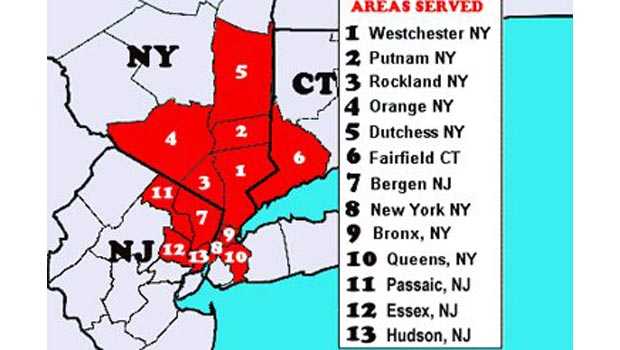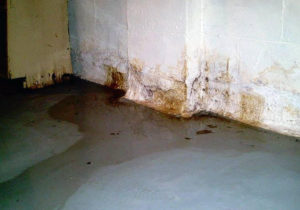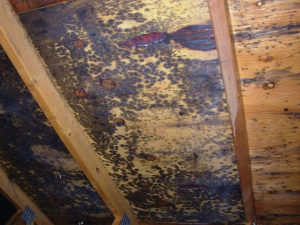Mold Problem in New York?
People often inquire as to whether there is a high risk of finding mold in New York, New Jersey or Connecticut. This is a valid concern given the fact that mold is a known health hazard. Although it affects many different people in different ways due to their particular individual physiology, it has been shown to cause respiratory problem such as asthma and emphysema, headaches, flulike symptoms, rashes and even more severe things like memory loss and cancer.
Many hazardous substances we live with are in fact, geographically contingent. For instance, radon gas, a naturally occurring radioactive substance found in the soil, is commonly found in higher, rockier elevations such as Westchester, Rockland, Putnam, Dutchess and Orange counties in New York, while low-lying areas like NYC and Long Island do not have the problem.


As for mold, it tends to populate in warm, moist environments. While desert regions like Arizona, New Mexico and California would make it harder to grow, warm, humid areas like the deep south and Florida would pose a year round threat. In the northeast, where the New York tri-state area is located, mold poses a viably plausible risk for 9 months out of year, receding only in the snowy months. Mind you, a hot, dry climate does not mean mold cannot be a problem, because when it does rain, or plumbing leaks occur, the mold can grow quite rapidly and floridly.
Geology and Topology of New York area is a vital factor
Another factor in the geology and topography of the New York area is the presence of a high water table. Much of the region has subterranean aquifers that are dangerously close to the ground surface. What this implies is that groundwater commonly causes what’s known as hydrostatic pressure against building foundations and seeps into the basements. Once the water has entered a basement, the odds of mold developing are very high, and it can develop within a matter of hours – sometimes before the resident is even aware that water has entered the house.
The northeast also has many trees, and most homeowners don’t know to trim the trees away from house contact. What the trees do is trap moisture in the house, not to mention branches that can fall on the roof causing damage and leaks. Having hedges and shrubbery too close to the house also traps moisture in the foundation. Given the heavy amounts of rain that frequently fall in New York, another factor is that many houses have damaged, improperly pitched gutters and downspouts that terminate too close to the foundation. These factors often contribute to seepage through the foundation.
Conclusion
Therefore, given the frequent rain and humid conditions from April through November in New York, the richly deciduous vegetation and copious amounts of rain, and coupled with events like roof leaks, bathroom and other plumbing leaks, groundwater seepage and spills, New York is indeed a very fertile region for mold growth.

